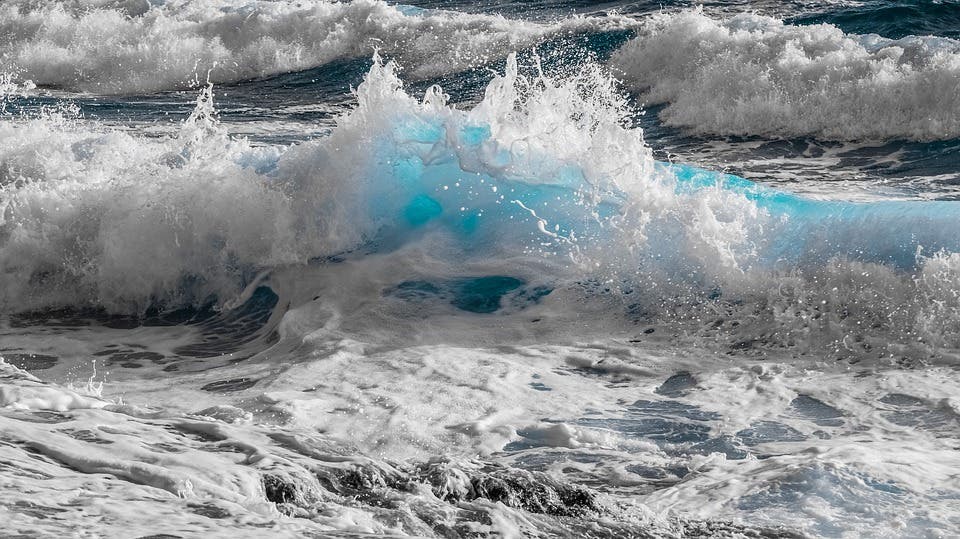A new study explains why different areas along the U.S. East Coast see significantly more sea level change than others.
Seas and oceans across the globe are creeping ever so slowly upwards as climate change warms them up and melts glaciers big and small. However, local sea levels aren’t (surprisingly) the same everywhere — and this holds true for the U.S. East Coast as well. A new study published by researchers from the Woods Hole Oceanographic Institution (WHOI) comes to explain why.
Been under a lot of pressure lately
Over the last century, coastal communities near Cape Hatteras (North Carolina) and the Chesapeake Bay (Virginia) have seen about a foot and a half of sea level rise. New York City and Miami, in contrast, have only seen roughly two-thirds of that rise (i.e. one foot) over the same period. Farther north in Portland, Maine, for example, sea levels only rose only about half a foot.
Which is weird, right? I mean, all the Earth’s oceans are linked together so, their water should be level, right? Not if you’re on a period of post-glacial rebound, says lead author Chris Piecuch.
Vast areas of land in the Northern Hemisphere, including Canada and parts of the Northeast U.S, were covered in massive glaciers during the last Ice Age, he explains. This effectively squashed the lands, pushing them down into the mantle (the crust is essentially a jigsaw puzzle of solid pieces floating on molten rock — see here). These ice sheets peaked in size and mass during the Last Glacial Maximum some 26,500 years ago, and then started melting to the state we see today. As they did so, the pressure they exerted on the ground also disappeared — and these areas started to rebound. Neighboring lands, meanwhile, started sinking, creating sort of a seesaw effect.
That effect continues to this day, Piecuch explains.
For the study, Piecuch and his team gathered tidal gauge measurements of sea levels in areas such as Norfolk Naval Station in Virginia and the Outer Banks in North Carolina. They also drew on GPS satellite data to see how much local landmasses had moved up and down over time, and looked to fossils recovered from salt marshes (which are a good indicator of past coastal sea levels). They combined all of this observational data with complex geophysical models to produce a more complete view of sea level changes since 1900 than ever before.
Post-glacial rebound, they found, accounted for most of the variation in sea level rise along the East Coast. Interestingly, however, when that factor was removed from the dataset, the team found that “sea level trends increased steadily from Maine all the way down to Florida.”
“The cause for that could involve more recent melting of glaciers and ice sheets, groundwater extraction and damming over the last century,” Piecuch says. “Those effects move ice and water mass around at Earth’s surface, and can impact the planet’s crust, gravity field and sea level.”
“Post-glacial rebound is definitely the most important process causing spatial differences in sea level rise on the U.S. East Coast over the last century. And since that process plays out over millennia, we’re confident projecting its influence centuries into the future. But regarding the mass redistribution piece of the puzzle, we’re less certain how that’s going to evolve into the future, which makes it much more difficult to predict sea level rise and its impact on coastal communities.”
The paper “Origin of spatial variation in US East Coast sea-level trends during 1900–2017” has been published in the journal Nature.










